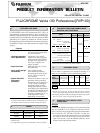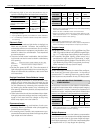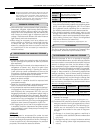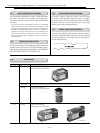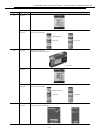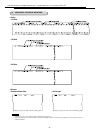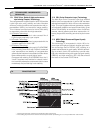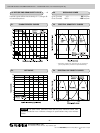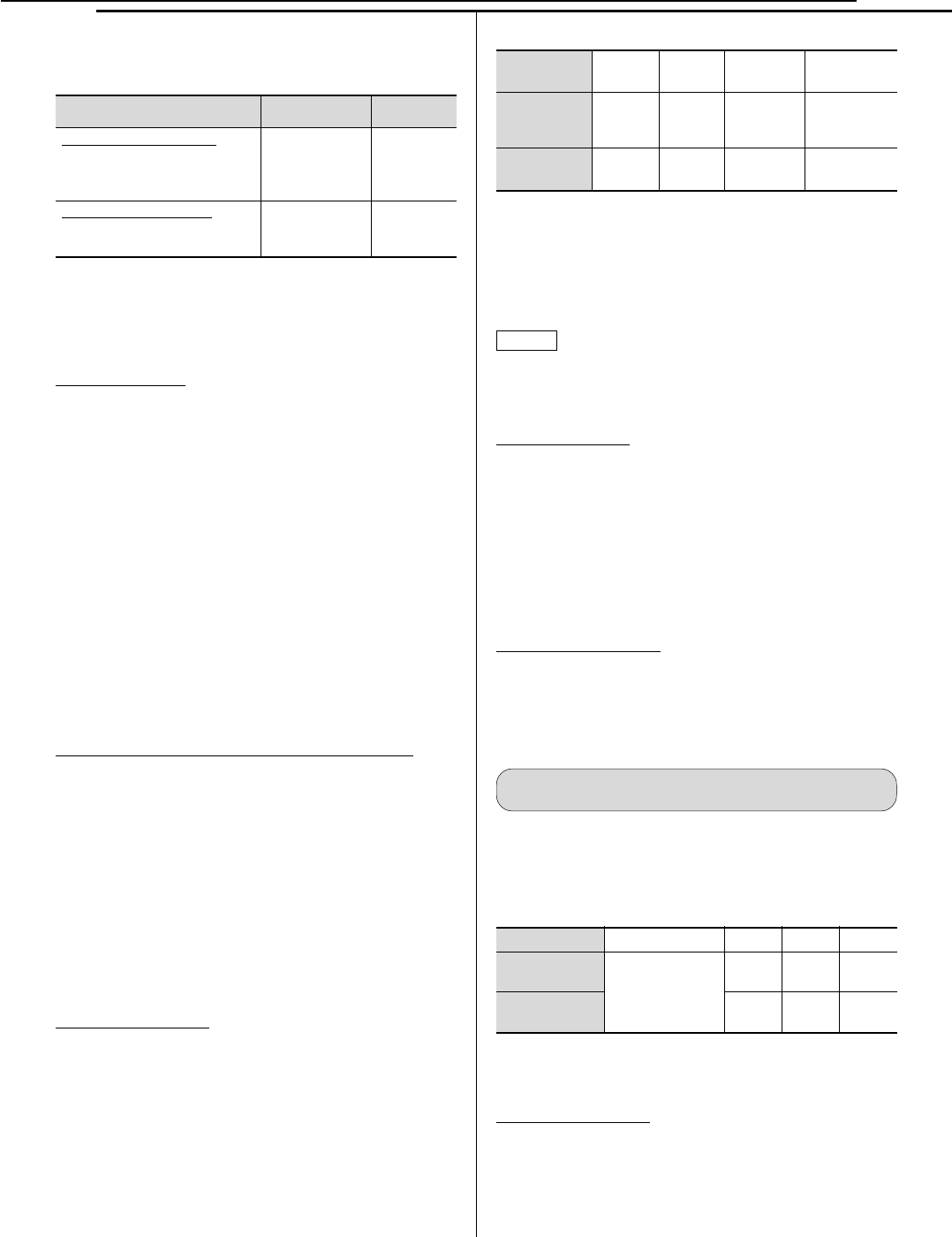
– 2 –
FUJIFILM PRODUCT INFORMATION BULLETIN • FUJICHROME Velvia 100 Professional
[
RVP100
]
*Wratten Filter
** Fuji Sharp-cut Filter
*** Fuji Light Balancing Filter (not available in certain markets.)
****A “+” followed by a number indicates the required increase in
lens opening.
Electronic Flash
• Electronic flash produces light similar to daylight, so
filters are not needed. However, the possibility of
undesirable effects on color balance, due to various
factors (differences in equipment, use duration, etc.)
should be taken into consideration. Test exposures
are recommended.
• The use of a flash meter is advisable, but the follow-
ing formula can also be used to obtain a satisfactory
lens opening.
Lens
Electronic Flash Guide Number (at ISO 100)
Aperture = ——————————————————————
(F-number)
Electronic Flash-to-Subject Distance
• Set the film speed at ISO 100. Since the amount of
light reflected onto the subject from surrounding sur-
faces will differ with the conditions, refer to the flash
unit instructions.
Daylight Photoflood / Photo-Reflector Lamps
• Daylight-type photoflood or photo-reflector lamp
output may be lower than that indicated by the
exposure meter. It is recommended to compensate
for the difference by increasing the exposure time
by lowering the shutter speed or by increasing the
lens opening. Whenever possible, test exposures are
recommended.
• Other factors that should be considered when deter-
mining the exposure settings are lamp configuration,
length of time used and line voltage, as they may
affect lamp output and color balance.
Fluorescent Lamps
• The use of the following combinations of color com-
pensating filters is advisable when photographing
under fluorescent lighting.
• For exacting work, however, test exposures are rec-
ommended because lamp brand and age may affect
light output and color balance.
1/4000 sec. – 1 min. 2 min. 4 min. 8 min.
2.5M 2.5M 2.5M
None
+ 1/3 + 1/2 + 2/3
stop stop stop
Exposure Time
Color Compen-
sating Filter
Exposure
Corrections*
(Exposure time: 1/2 sec.)
*Wratten Color Compensating Filters or Fuji Color Compensating
Filters are recommended.
NOTE: No. 80C is a Wratten Color Conversion Filter.
** Exposure correction values when using a filter relative to unfil-
tered exposure results. A “+” followed by a number indicates
the required increase in lens opening.
NOTES
• Use a shutter speed slower than 1/30 second.
•For shutter speeds of 2 minutes or more, exposure adjustments
will be necessary to compensate for reciprocity law failure.
Tungsten Lamps
•A Wratten Filter No.80A (or Fuji Light Balancing Filter
LBB-12) is required when using 3200K tungsten light-
ing. A 1
2
/3-stop larger lens opening is also required.
• If household tungsten lighting (room lamps, etc.)
constitutes the main source of illumination, in addi-
tion to the above filter a Wratten Filter No.82A (or Fuji
Light Balancing Filter LBB-2) is required, plus an ap-
erture increase of 1/3 stop (total 2 stops).
Mixed Light Sources
Under mixed light conditions, the basic filter configura-
tion should suit the main light source. In the case of
cameras with TTL metering, there is no need for addi-
tional exposure compensation for any CC filter(s) used.
6. LONG AND MULTIPLE EXPOSURE
COMPENSATION
No exposure correction or color balance compensation
is required for exposures within a shutter speed range of
1/4000 second to 1 minute. However, for exposures of 2
minutes or longer, ‘reciprocity law failure’-related color
balance and exposure compensations are required.
• Excessively high or low color temperatures may re-
quire the following filters and exposure corrections.
Subject Conditions
High Color Temperature:
Cloudy weather landscapes or
portraits in open shade in clear
weather.
Low Color Temperature:
Morning and evening twilight
scenes and portraits.
Filter
No.81A*
(LBA-2)***
No.82A* or
No.82C* (LBB-2
or LBB-4)***
Exposure
Correction
+1/3
stop****
+1/3 to
+2/3
stop****
Fluorescent
Lamp Type
Color
Compensat-
ing Filters*
Exposure
Corrections**
White
(W)
5B+10M
+1/2 stop
Daylight
(D)
30R
+1 stop
Cool White
(CW)
20M
+2/3 stop
Warm White
(WW)
No. 80C+15M
+1
1
/3 stops
* Exposure correction values when using a filter relative to unfil-
tered exposure results. A “+” followed by a number indicates
the required increase in the lens opening.
Multiple Exposures
No exposure correction or color balance compensation
is required for up to four consecutive multiple exposures
using an electronic flash. In the case of eight consecu-
tive multiple exposures, a 2.5G color compensating filter
is required with a 1/3- stop larger lens opening.



